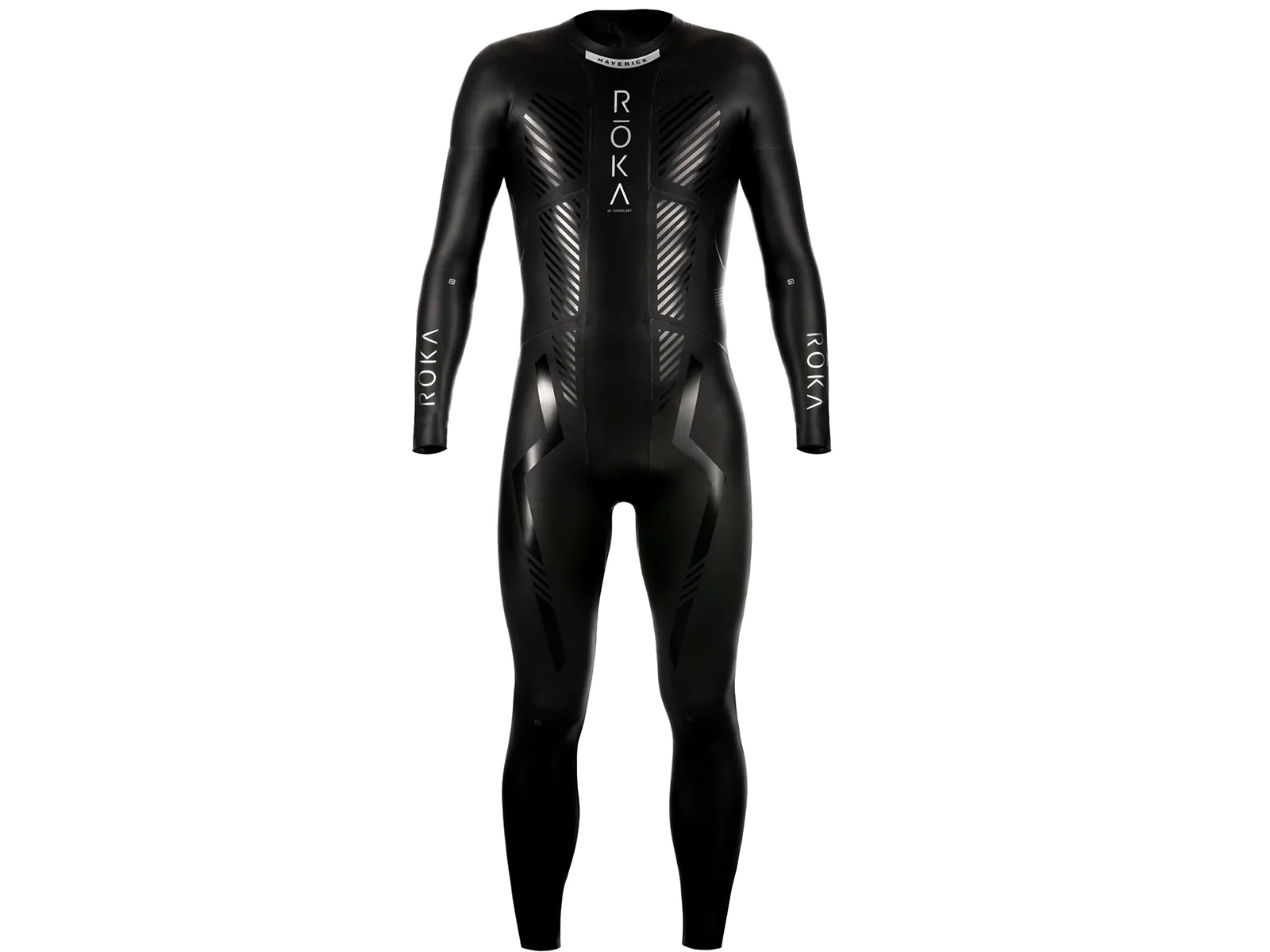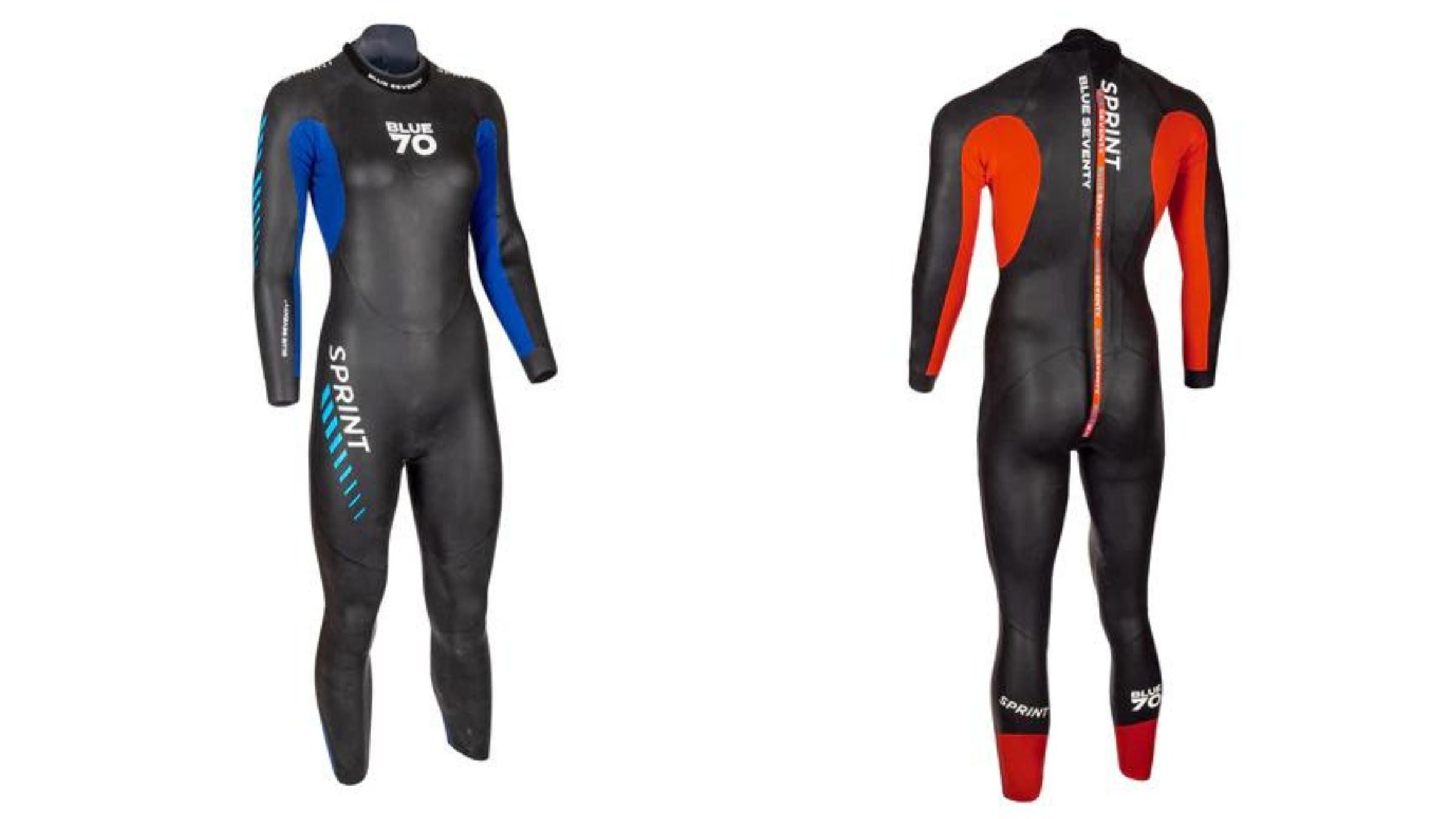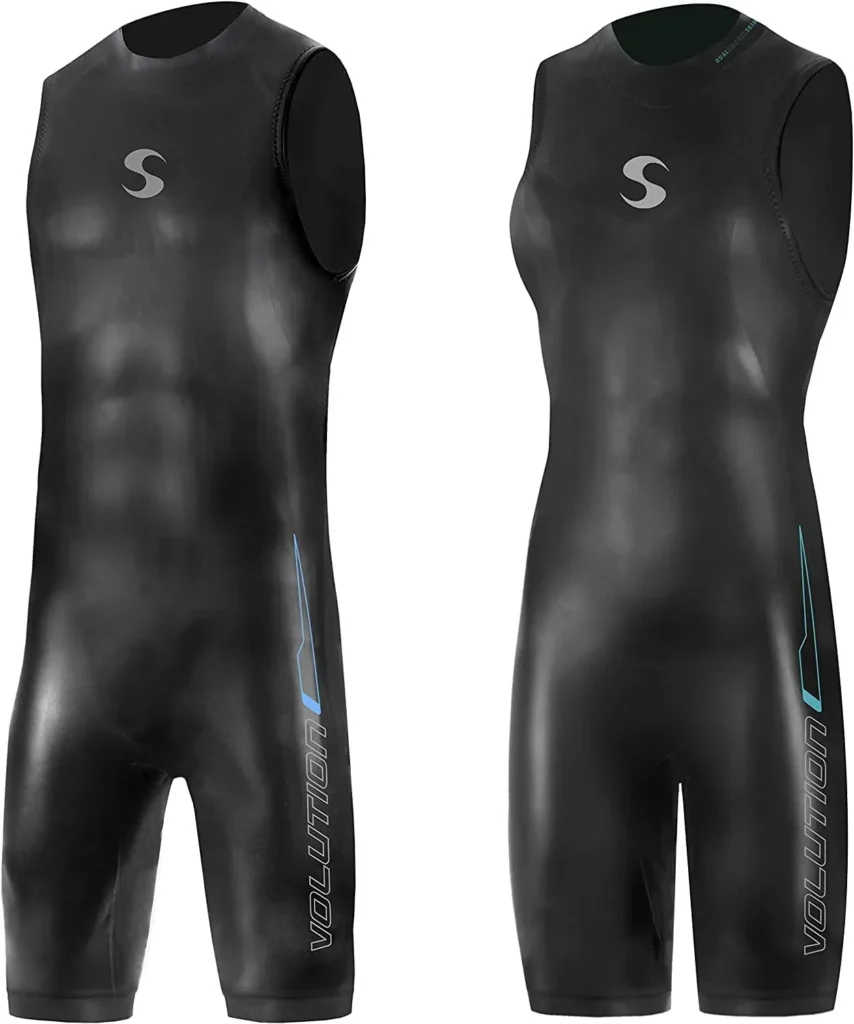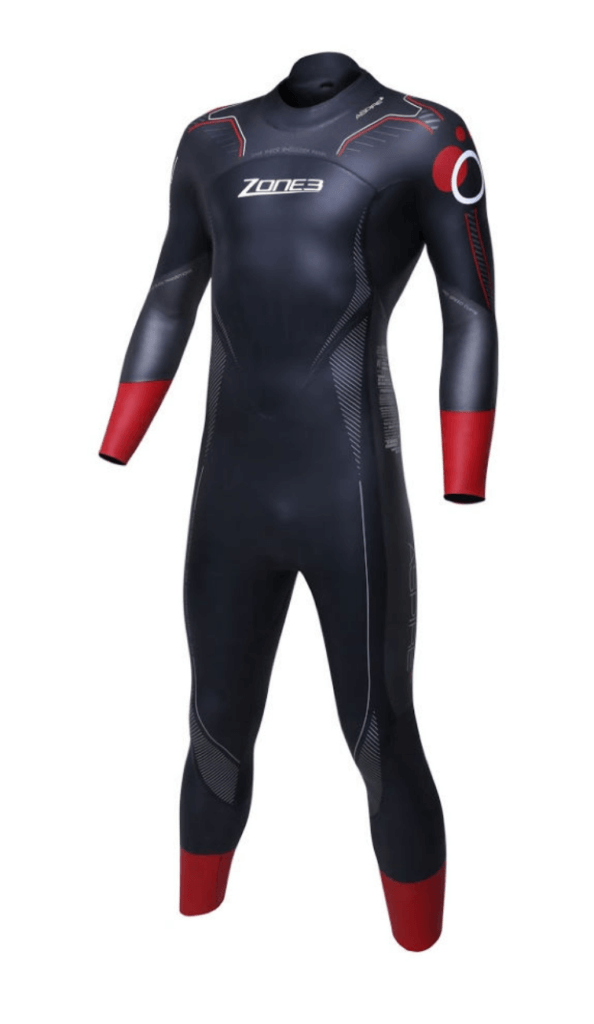Best Triathlon Wetsuit For Poor Swimmers

For triathletes facing the swim leg with trepidation, selecting the right wetsuit can be a game-changer. Many novice swimmers find the open water portion of a triathlon the most daunting, and a well-chosen wetsuit can provide crucial buoyancy and improve overall performance.
This article explores the factors to consider when selecting a wetsuit for less confident swimmers and highlights some top-rated options based on expert reviews and user feedback. The focus is on wetsuits that maximize buoyancy, enhance body positioning, and promote a more comfortable and efficient swim.
Buoyancy: The Key to Confidence
The primary benefit of a triathlon wetsuit for weaker swimmers is enhanced buoyancy. Increased buoyancy lifts the body higher in the water, reducing drag and promoting a more streamlined position.
This translates to less energy expenditure and a faster swim time, particularly beneficial for athletes who struggle with maintaining a horizontal body position.
Key Features to Look For
When selecting a wetsuit, prioritize models with thicker neoprene panels in the core and legs. These panels provide maximum flotation where it's needed most, helping to lift the hips and lower body.
Look for wetsuits specifically designed with "buoyancy panels" or "core support" systems, as these features indicate a focus on enhancing body positioning in the water.
Flexibility in the shoulders and arms is also crucial to enable a full range of motion and prevent fatigue.
Recommended Wetsuit Models
Several wetsuits consistently receive high marks from triathletes and reviewers for their buoyancy and ease of use. The Roka Maverick Comp II is often cited for its exceptional buoyancy profile, using strategically placed neoprene panels to optimize body position.
The Orca Sonar is another popular choice, known for its balanced buoyancy and flexibility, making it suitable for a wide range of swimmers.
For those on a budget, the Blueseventy Reaction offers a good balance of buoyancy and value, making it a great entry-level option.
Fit is Paramount
Regardless of the features, a properly fitting wetsuit is essential for optimal performance. A wetsuit that is too loose will allow water to enter, negating the buoyancy benefits and creating drag.
Conversely, a wetsuit that is too tight can restrict breathing and limit range of motion. Most manufacturers offer detailed sizing charts, and it's highly recommended to try on wetsuits before purchasing or consult with a wetsuit specialist.
"Getting the right fit is the single most important factor," states John Smith, a triathlon coach with over 15 years of experience.
Additional Considerations
Beyond buoyancy and fit, consider the wetsuit's ease of removal, especially in transition. Features like quick-release ankle panels can save valuable time during the race.
Also, think about the water temperature you'll be swimming in. Different wetsuits are designed for different temperature ranges, and using a wetsuit that is too warm can lead to overheating.
Finally, read reviews from other triathletes, particularly those who identify as less confident swimmers, to get a sense of real-world performance and user experience.
Impact on Performance and Confidence
Investing in a wetsuit designed for buoyancy can significantly improve a weaker swimmer's triathlon experience. Not only can it lead to faster swim times, but it can also boost confidence and reduce anxiety.
By feeling more comfortable and supported in the water, triathletes can focus on enjoying the race and achieving their personal goals. A well-chosen wetsuit can transform the swim from a source of stress into a manageable and even enjoyable part of the triathlon.


















